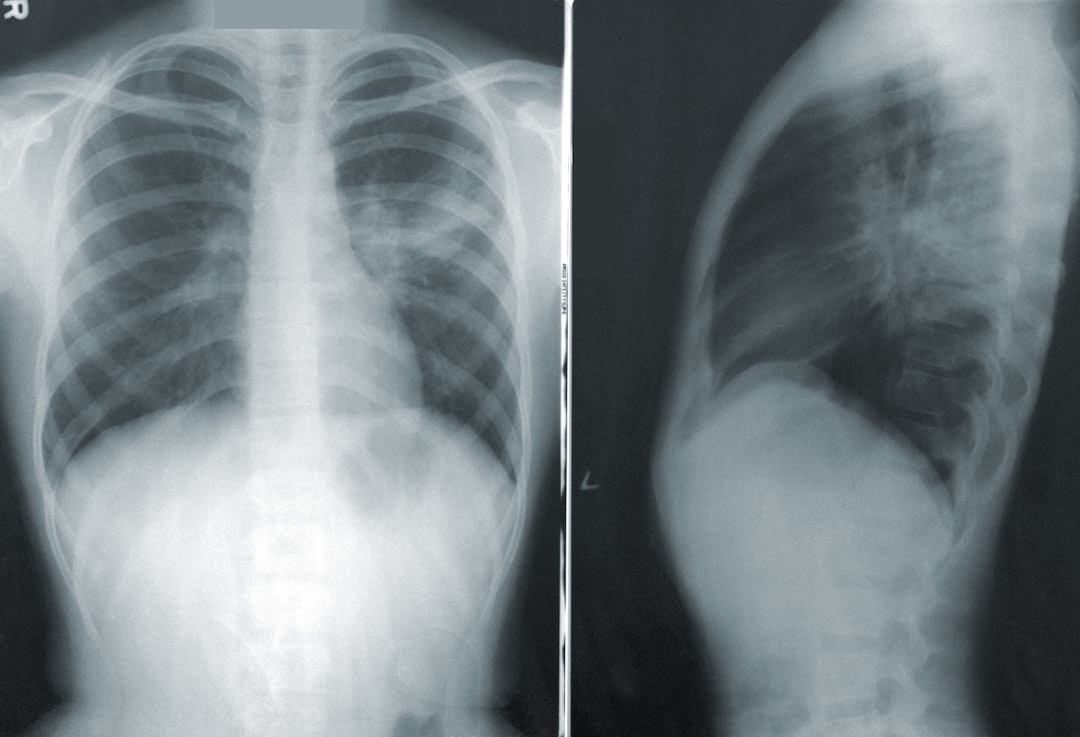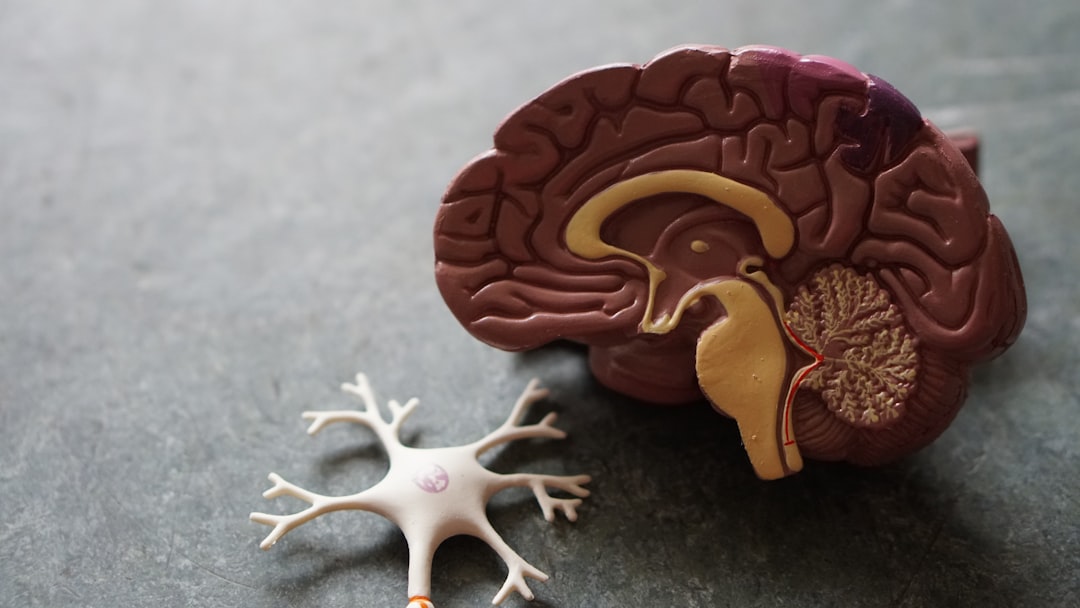What is it about?
Kidney disease with IgG-positive plasma cells is a common. It had been thought that plasma cells secrete IgG, but not IgM. Routine immunofluorescence of frozen sections is considered the gold standard. However, the immunoenzyme method with paraffin-embedded sections is superior for detecting IgM- or IgG-positive cells within kidney, thus histologic variants may often go undetected. We identified 13 patients with kidney disease with IgM-positive plasma cells by using the immunoenzyme method.
Featured Image
Why is it important?
The clinical findings included urinary acidification impairment (100%), extensive tubular dysfunction (92%), and anti-mitochondrial antibodies (82%). The microscopic findings were tubulointerstitial nephritis. Levels of proton pumps and anion exchanger, which modulate urinary acidification, were markedly decreased. We newly propose to designate this group, which have a common clinical and microscopic form, as IgM-positive plasma cell-tubulointerstitial nephritis (IgMPC-TIN).
Perspectives
A further study gathering additional similar patients will be needed to elucidate the mechanisms, establish the diagnostic criteria, and confirm the ideal treatment for IgMPC-TIN.
NAOKI TAKAHASHI
Fukui Daigaku
Read the Original
This page is a summary of: Tubulointerstitial Nephritis with IgM-Positive Plasma Cells, Journal of the American Society of Nephrology, August 2017, American Society of Nephrology,
DOI: 10.1681/asn.2016101074.
You can read the full text:
Contributors
The following have contributed to this page










